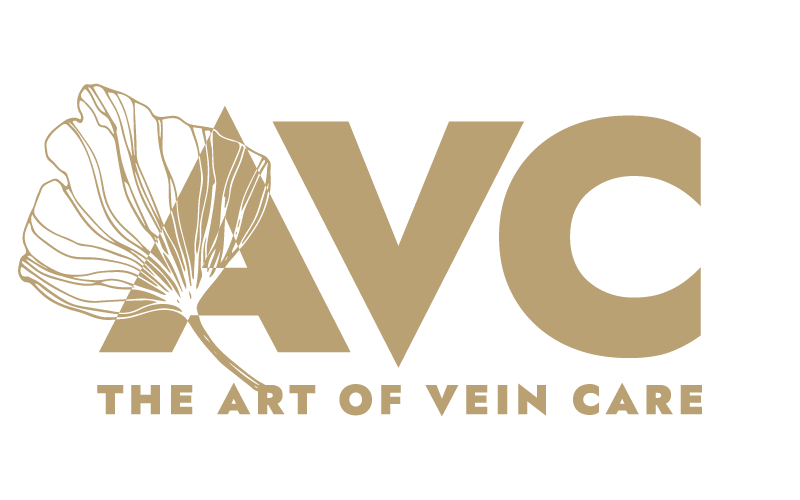“This is a very popular question from patients,” says Dr David Huber, Phlebologist at The Art of Vein Care.
“And the honest answer is that it depends firstly on the type of treatment, and secondly whether the treatment was performed well (using the correct technique).
“However if we assume the initial treatment was appropriate and properly performed the recurrence rate of varicose veins is around 2-3% per annum, and about 20-30% after 10 years,” he says.
If however you fall into that small number some of the reasons for returning veins include
- Neovascularisation – is the development of new vessels which form through the scar tissue in the groin where the vein which was feeding the varicose veins was tied off and removed as part of the stripping procedure.
- Recanalization – when the treated vein that has been closed can open up again, and start feeding new veins, causing the varicose veins to recur.
- A separate vein may become “incompetent”. “This is the term we use when veins don’t work as efficiently as they should,” says Dr Huber.
- “You may initially have had varicose veins caused by incompetence of the great saphenous vein, but over the years, the small saphenous vein or the anterior accessory saphenous vein can also become incompetent and feed new varicose veins.”
- Perforating veins – these are veins that join the deep system to the superficial vein system and they can have faulty valves as well, so that when blood flows backwards in a non-functioning vein pressure builds up in the vein walls.
- This in turn causes veins to form around the lower leg, calf and ankle. These kinds of veins are also frequently the underlying cause of venous stasis disease (venous ulcers),” says Dr Huber.
- “Once the underlying vein is treated, these ulcers can heal and halt the progression of the skin discolouration.”

